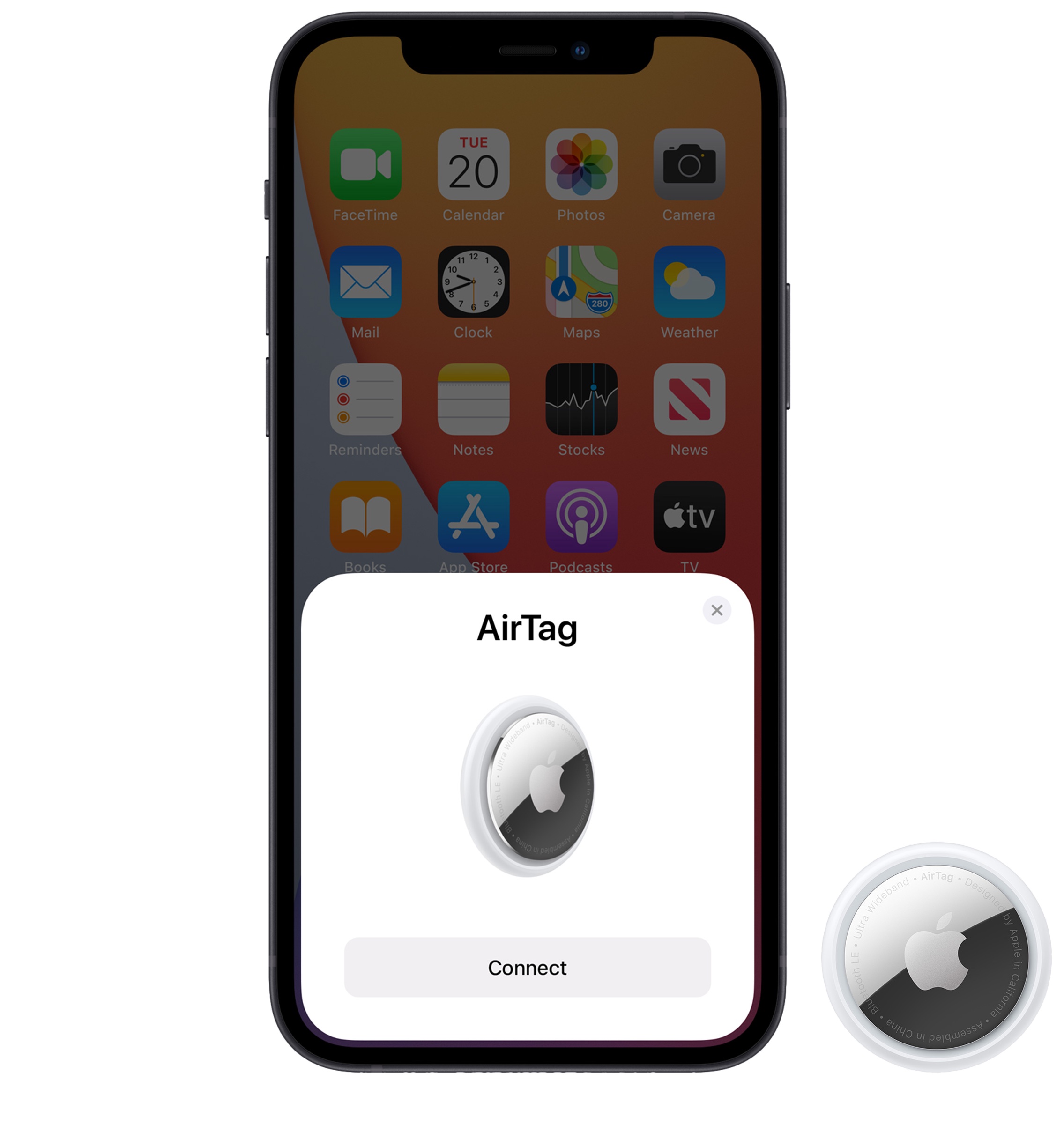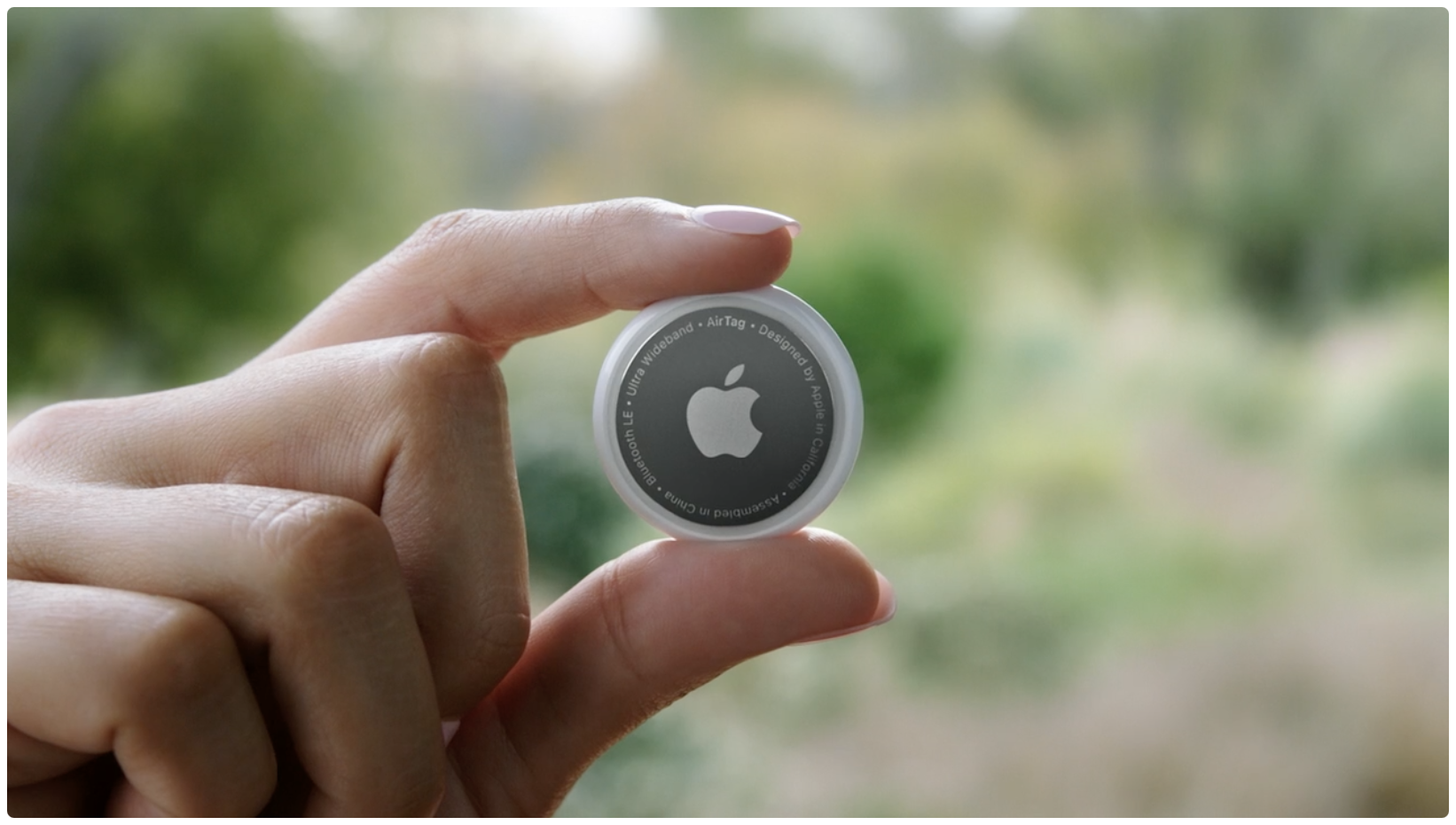Responding to concerns that its new personal item tracker, dubbed AirTag, could be used to secretly track individuals, Apple has now responded by laying out new details about the safety features that the company built into its Find My network to prevent unwanted tracking.
STORY HIGHLIGHTS:
- You’ll see an iPhone alert if secretly tracked.
- The alert appears when you get back home.
- Android users don’t enjoy the same level of protection.

AirTag issues an alert when you get back home
An Apple spokesperson provided the following statement to Fast Company:
We take customer safety very seriously and are committed to AirTag’s privacy and security. AirTag is designed with a set of proactive features to discourage unwanted tracking—a first in the industry—and the Find My network includes a smart, tunable system with deterrents that applies to AirTag, as well as third-party products part of the Find My network accessory program. We are raising the bar on privacy for our users and the industry, and hope others will follow.
One of the deterrents that Apple mentions in the statement is a helpful feature that issues an alert on your iPhone in case you’re being secretly tacked via an AirTag.
Apple has built some protections into this system. If you are an iPhone user, for instance, and someone has placed an AirTag on your person, your phone will eventually alert you that an AirTag that isn’t yours has been found moving with you.
The alert is issued once you arrive at your home, as defined by the address stored in your “Me” card in the Contacts app or one of the significant locations that you frequent over time. The company wouldn’t say why the AirTag protections don’t extend to Android users.
If you are an Android user, you don’t have the protection of Apple’s network notifications. Instead, an AirTag that has not paired locally with its iPhone in three days will emit a sound. So if you are an Android user who has had an AirTag placed on you, you will know in 72 hours. If you are an Android user living with an iPhone abuser, however, a hidden AirTag could be pairing far more often.
In other words, every Android user can be secretly tracked by an AirTag for longer than an iPhone user. For completeness’s sake, we should point out that Apple could lengthen or shorten the time span after which an AirTag that has not been paired with its iPhone will emit sound with a future software update.
An AirTag found moving with you!
The main concern deals with the fact that AirTags and very small and one could slip an AirTag into someone’s bag or jacket pocket to secretly track exactly where they go. And that could enable domestic abuse or make leaving an abusive person much harder than it needs to be.

AirTags have unique Bluetooth identifiers that change frequently to prevent you from being tracked from place to place. According to a support document on Apple’s website, you will get an “AirTag Found Moving With You” message if an AirTag that has been separated from the person who registered it is traveling with you (the owner might be able to see its location).
AirTag has also been designed to discourage unwanted tracking. To discourage tracking without your knowledge, Find My will notify you if an unknown AirTag is seen moving with you over time. An AirTag that isn’t with the person who registered it for an extended period of time will also play a sound when moved so you can find it, even if you don’t use an iOS device.
You can disable an AirTag in the Find My app or by removing its battery.
How AirTags work
AirTags take advantage of the hundreds of millions of iOS devices that participate in the Find My network. An AirTag advertises itself over Bluetooth. Any iOS device within Bluetooth range will pick up the signal and report the AirTag’s current location to the Find My network so you can find a lost AirTag even though the device lacks GPS to always report its accurate location.
With a feature called Precision Finding, your iPhone more accurately determined the distance and direction to a lost AirTag when it is in Bluetooth range.
→ How to use the Find My app on iOS and macOS
“As a user moves, Precision Finding fuses input from the camera, ARKit, accelerometer, and gyroscope, and then will guide them to AirTag using a combination of sound, haptics, and visual feedback,” explains Apple’s press release announcing the AirTag.
Precision Finding uses the Apple U1 ultra wideband chip both in the AirTag and an iOS device for spatial awareness. Currently, only the iPhone 11 and iPhone 12 models have this chip.
AirTags operate through Apple’s Find My network. The network allows nearly a billion active Apple devices, including iPhones and Macs, to be located. Apple claims to discourage stalking by alerting an iPhone user if someone else’s tag has been placed on their person, and by making AirTags chime after three days if they’ve been unpaired with their source iPhone.